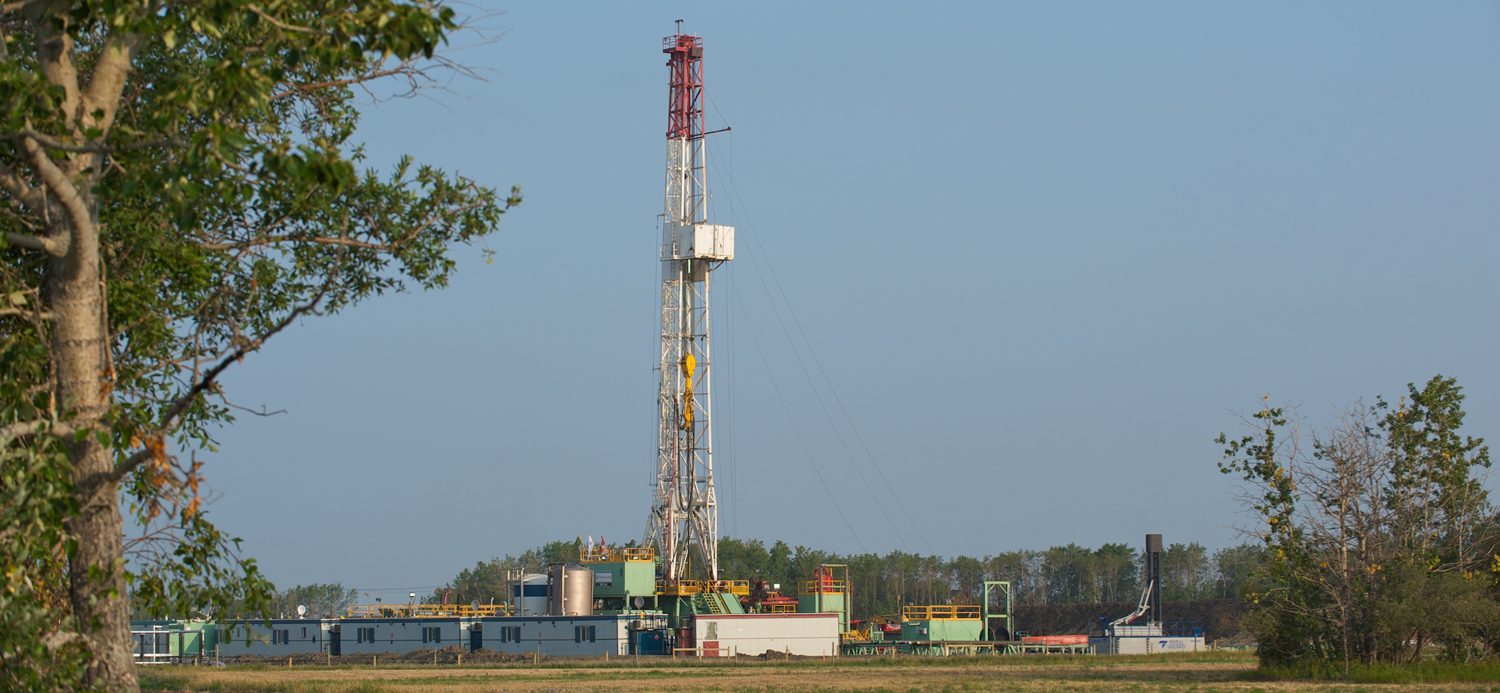
Oil prices were mixed on Thursday on a rising US dollar and concerns over crude supply and the upcoming meeting of the Organization of Petroleum Exporting Countries next week. ConocoPhillips photo.
Brent oil prices slip, US WTI rise
Oil prices were mixed in trading on Thursday on a rising US dollar, concerns about global crude supplies and uncertainty about the OPEC and non-OPEC meeting in Vienna next week.
By the end of trading, Brent crude was down 80 cents to $75.94/barrel and West Texas Intermediate rose 25 cents to $66.89/barrel. The Canadian Crude Index dropped to $41.25.
“The independent show of WTI strength is merely a catchup process to the higher priced products and Brent values,” Reuters reports Jim Ritterbusch, president of Ritterbusch and Associates said in a note.
Since hitting 3-1/2 year highs in May, both Brent and WTI have recently slipped in value as investors expect rising US crude production and an easing of the OPEC supply cuts to boost the global crude supply.
The US dollar rose on Thursday against a basket of currencies and is closing in on a six-month high it hit in late May. The euro fell on the European Central Bank announcing it plans to keep interest rates at record lows into the summer of 2019.
“(ECB President Mario) Draghi came out a little bit more dovish than people thought he was going to be. And that really caused the euro to take a dip and the (U.S.) dollar to go up, which is putting downward pressure on prices,” Phil Flynn, analyst at Price Futures Group in Chicago told Reuters.
The stronger US dollar makes greenback-valued commodities, including oil, more expensive for those using other currencies.
Rising production in the US, Russia and Saudi Arabia have also concerned investors. After a year-and-a-half of self-imposed supply cuts, OPEC and other countries participating in the cartel’s supply cut agreement are poised to boost their output.
Since January 2017, participants in the pact have cut their production by a combined 1.8 million b/d.
With rising oil prices and falling global inventories as well as plummeting Venezuelan production and imminent sanctions against Iran’s crude exports, the cartel may soon opt to ease the cuts.
Next week, on June 22-23, the alliance will meet in Vienna to discuss boosting their output.
As such, “A wait-and-see approach is taking hold across the energy complex as market participants buckle down ahead of next week’s crunch OPEC/non-OPEC meeting,” Stephen Brennock, analyst at PVM Oil Associates told Reuters.
Russia’s Energy Minister Alexander Novak says participants can look at gradually increasing their production by up to 1.5 million barrels per day (b/d).
Khalid al-Falih, Saudi Arabia’s Energy Minister says he expects a reasonable and moderate agreement to come from next week’s meeting.
Russia and Saudi Arabia have agreed to expand their cooperation in oil and gas, according to the Russian Energy Ministry.


Be the first to comment